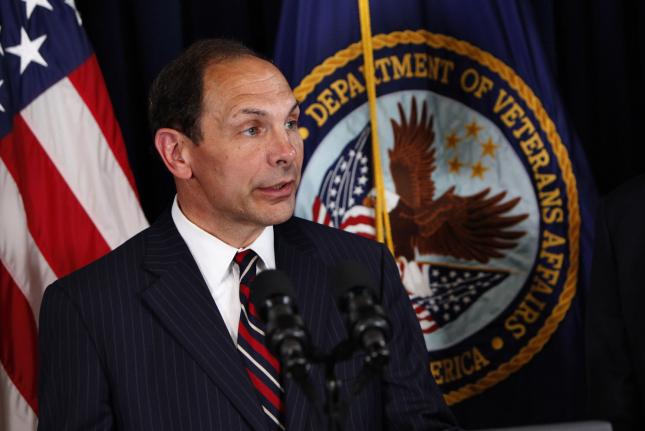
VA Expands Agent Orange Benefits to Air Force Veterans

WASHINGTON, June 18 (UPI) — Vietnam veterans who served in the Air Force or Air Force reserves and were exposed to Agent Orange are eligible for an additional $47.5 million in benefits from the U.S. government, the Department of Veterans Affairs announced Thursday.
Those veterans who had regular contact with C-123 aircraft that were used in Vietnam as part of Operation Ranch Hand will can receive the expanded benefits.
“Opening up eligibility for this deserving group of Air Force veterans and reservists is the right thing to do,” said VA Secretary Robert McDonald.
The battle for more benefits has been hard-fought for many veterans.
During the Vietnam War, Operation Ranch Hand involved 34 C-123 aircraft that sprayed approximately 20 million gallons of herbicides, including around 10.5 million gallons of dioxin-contaminated Agent Orange.
These aircraft were subsequently returned to the United States and used by Air Force reserve units between 1971 and 1982 for transport operations.
A study published in 2014 found the presence of dioxin on these aircraft after years of monitoring.
The study, published in the journal Environmental Research, said the models suggest the potential for dioxin exposure to personnel working in the aircraft post-Vietnam is greater than previously believed and that inhalation, ingestion and skin absorption were likely to have occurred during post-Vietnam use of the aircraft by aircrew and maintenance staff. The estimated dermal — skin — and oral exposure exceeded U.S. standards, the study said.
Another study by the National Academy of Sciences Institute of Medicine (IOM) in 2015 confirmed the earlier findings.
“We thank the IOM for its thorough review that provided the supporting evidence needed to ensure we can now fully compensate any former crew member who develops an Agent Orange-related disability,” McDonald said.
Under the new regulation, Air Force veterans who were exposed to Agent Orange during post-Vietnam service are eligible for VA disability compensation and medical care, and their dependents are eligible for dependency and indemnity compensation, and burial benefits.
The new benefits will amount to about $47.5 million over the next 10 years.
Sen. Richard Burr, R-N.C., who, along with Sen. Jeff Merkley, D-Ore., lent support to the regulation, praised the VA for the move.
“The effort of these veterans to secure overdue VA care and benefits for harmful exposure to Agent Orange has not been one of the agency’s finest hours,” Burr said. “This frustrating, four year process has laid bare the lengths that the VA will go to disregard science and the facts of the historical record. I am pleased Secretary McDonald has chosen to finally do the right thing for these ailing veterans, but it shouldn’t have been this hard or taken so long.”






